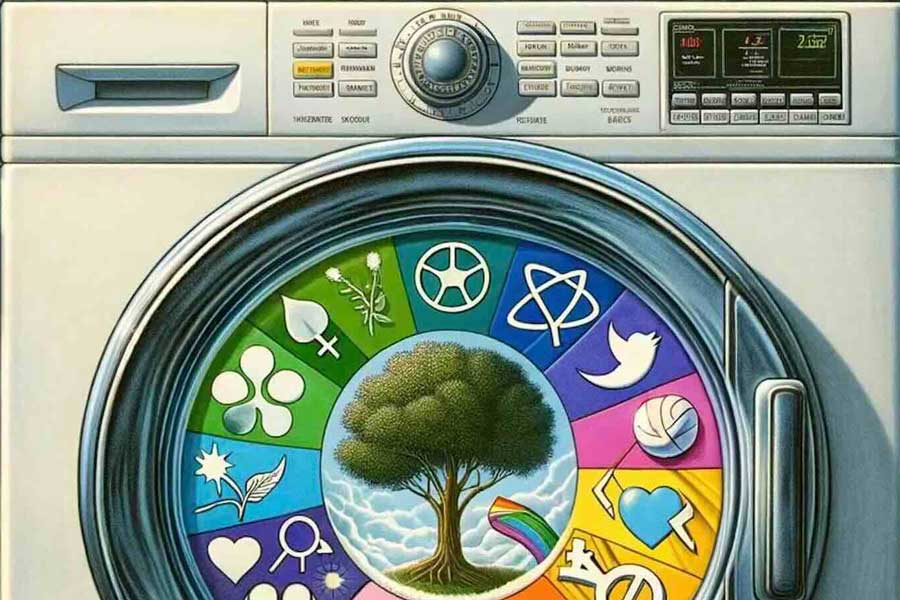1. Look at your industry
One way to decide which ESG disclosure framework to use is to look at what members of your industry generally follow which standards. For example, a report from the Columbia University Centre on Global Energy Policy found that nearly all of the upstream US oil and gas companies surveyed — from large, integrated oil and gas producers to smaller, upstream-only companies — relied on the Task Force on Climate-Related Financial Disclosures (TCFD) framework. Knowing which frameworks are most used in your industry can help you narrow down your decision.
Attending industry conferences and networking with your peers is a great way to learn about the different frameworks that are commonly used in your industry. You might also want to read up on the different ESG frameworks to see which ones guide your specific industry. The Sustainability Accounting Standards Board (SASB) framework, for instance, lays out sustainability topics and related metrics for 77 different industries. This makes it particularly useful for organizations that need some help determining which disclosure topics are financially material to their business and which metrics to report.
2. Look at what your competitors are using
Even within a single industry, there can be a lot of variation in the used ESG frameworks. Some frameworks are better suited for large global corporations, while others are more applicable to small- to mid-size companies that operate in a single country.
Looking at which frameworks your direct competitors are using can give you clues as to what might be the best fit for your business. Using the same framework can also help you benchmark your performance against other businesses like yours to see where your sustainability efforts are doing well, and what areas could use improvement. This is especially advantageous if your business is performing well because investors and consumers will be able to compare your performance directly with that of your competitors and see that you are the better choice.
3. Consider your audience
Naturally, different audiences will be interested in different ESG information. A potential investor is going to have different questions than, say, a customer or employee. Therefore, knowing your audience — and the level of information they want or need — is so important when choosing an ESG disclosure framework.
Your audience for your ESG report could be anyone from consumers, to regulators, individual and institutional investors, community members, special-interest groups, and even current or prospective employees.
Before investing, potential investors may want to know more about your company’s physical and financial risks. Many investors want detailed, granular information about things like the potential for climate-related supply chain disruptions or regulatory fines. On the other hand, customers may be more interested in things like your products’ sustainability and safety track record. Meanwhile, job seekers may be looking for a company whose values align with their own, so they may want to learn more about your social and environmental efforts.
4. Look at emerging regulations
Emerging regulations can also give clues to which framework you should choose. For example, the US Securities and Exchange Commission’s (SEC) proposed climate disclosures are based on the Task Force on Climate-Related Financial Disclosures (TCFD) and the Greenhouse Gas Protocol. Likewise, the EU’s Corporate Sustainability Reporting Directive (CSRD) and the UK’s Sustainable Reporting Directive (SRD) are also aligned with TCFD.
If these regulations will soon apply to your company, you might decide to make sure that whatever ESG framework you choose is aligned with the TCFD recommendations. This will save you from having to do extra work when the new regulations come into force.
Some frameworks that align with the TCFD regulations include CDP and CDSB — making them useful tools for companies that want to comply with new ESG disclosure regulations in the US and EU.
Final thoughts
Hopefully, these tips will help you choose the right ESG disclosure framework for your company. Regardless of which framework you choose, having your data ready in a centralized ESG management tool will make reporting on your company’s performance easier. And, should you decide to change frameworks or need to comply with a new disclosure requirement, you will have the data you need already at your fingertips.



